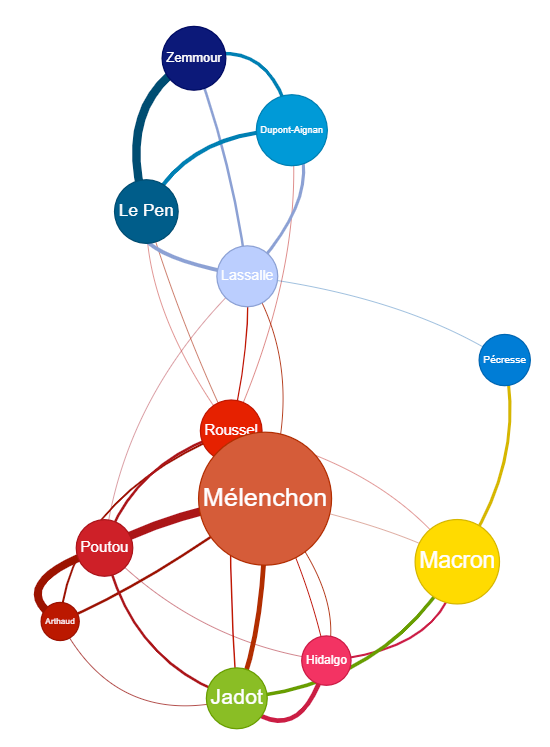Biblically Accurate French Politics
I.
II.
As every good meme-theologian – say, Pseudo-Anonymous – knows, any biblically accurate representation of an angel must at least try and be visually incomprehensible. As if the abyssal desire the angel imposes, must result, figuratively, in a fanged tautology, a plenary of circles, and an infinite parliament of eyes.
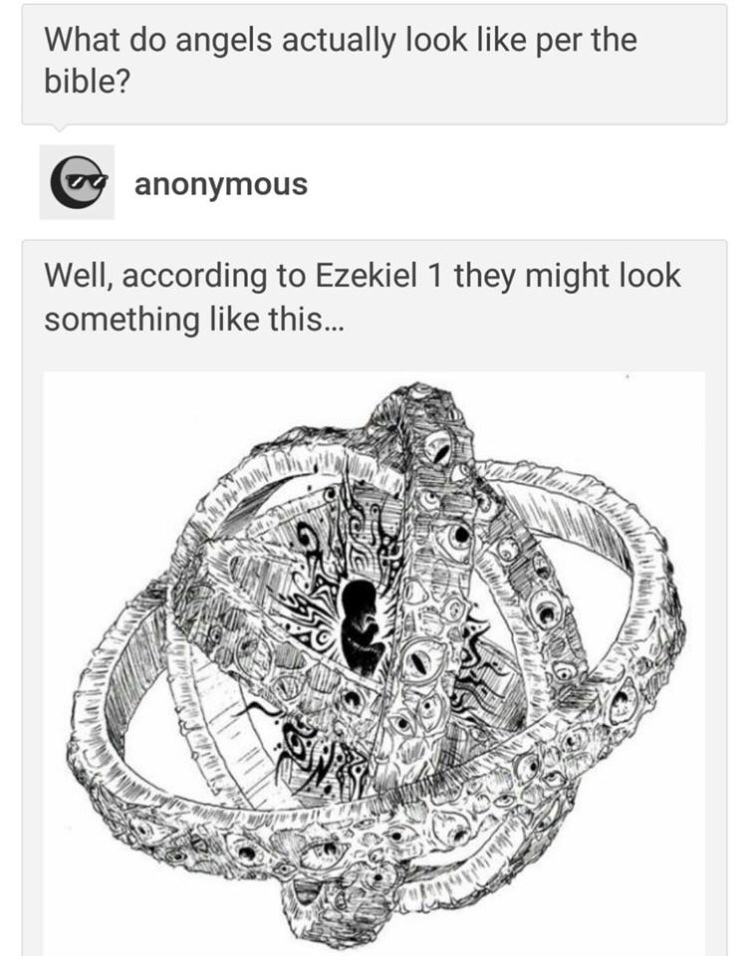
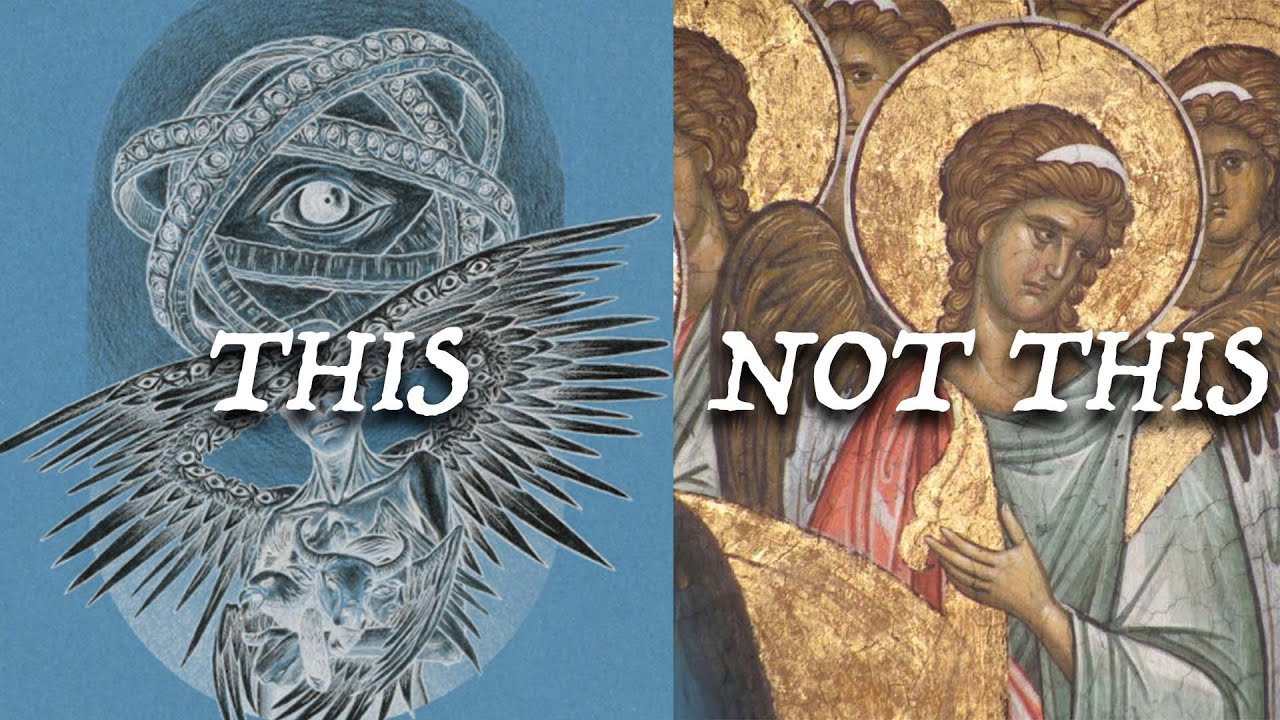
Or look at this severely, saintly .jpeg-crispy example from the early (2)9th century:
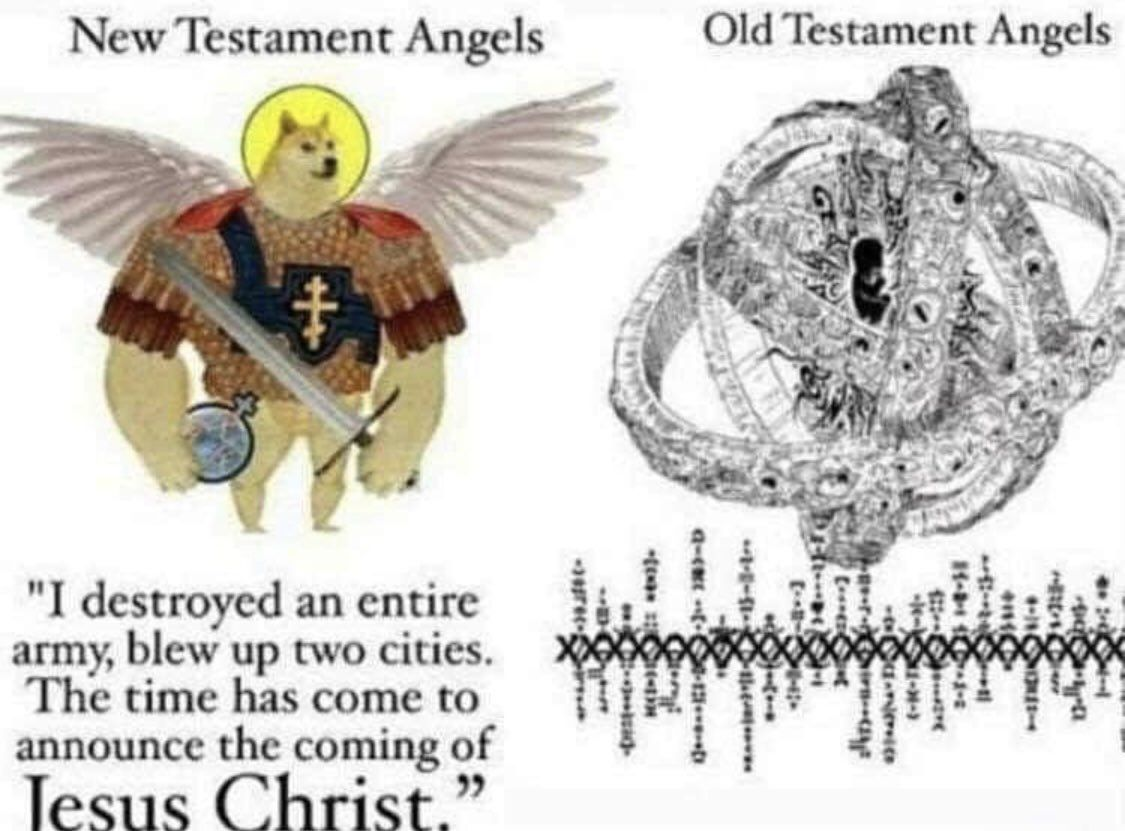
Even if you announce the coming of the messiah: If a human being understands your message rather than having their eardrums shredded by your anacosmic droning, you're still well below the angel threshold.
("Old Testament", here, is a [mildly anti-semitic] chiffre for the liminal position within the articifial stupidity of Christianity; the stupidity that claims, e.g., that 'data' is not the synonym of 'irrepresentability', and that the diagram is not the very embodiment of an absence of data. The worst thing Christianity can imagine is Lovecraft [and, vice versa, the worst thing Lovecraft can imagine is Christianity. Data's worst nightmare is the diagram].)
III.
What does biblically accurate desire look like? Like this:
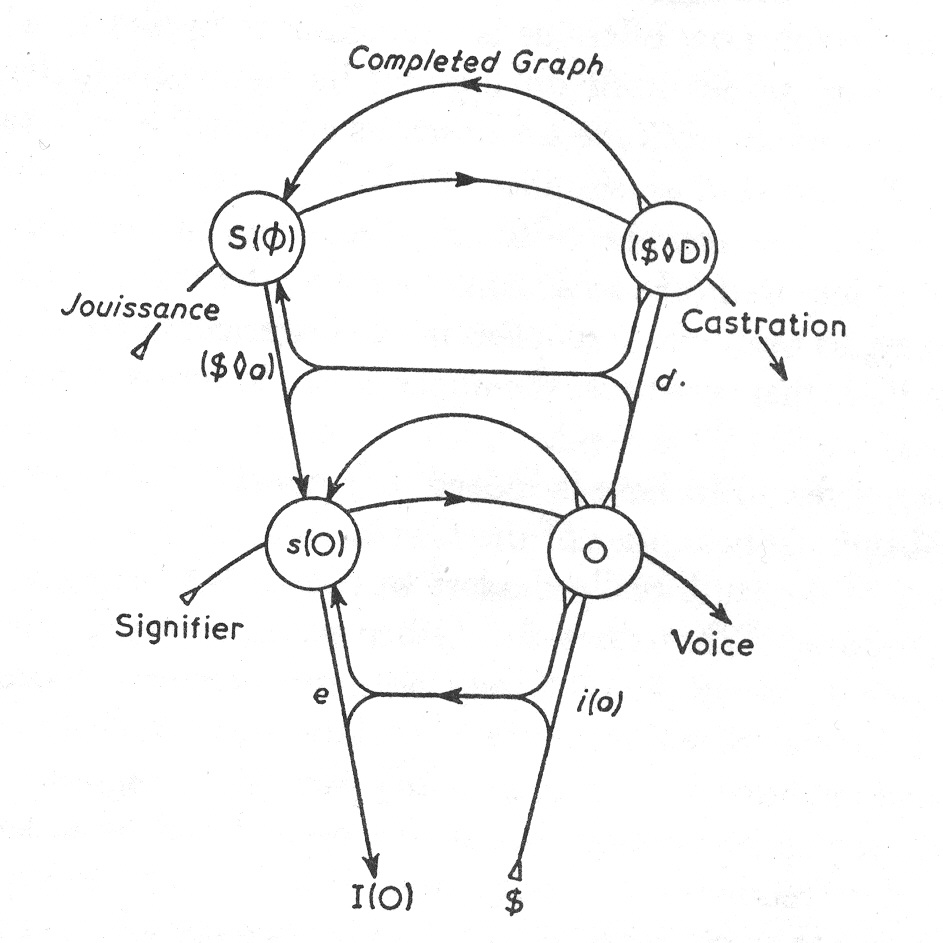
Everyone and their father know this graph. When genealogized, it looks starry-eyed, anacosmic:
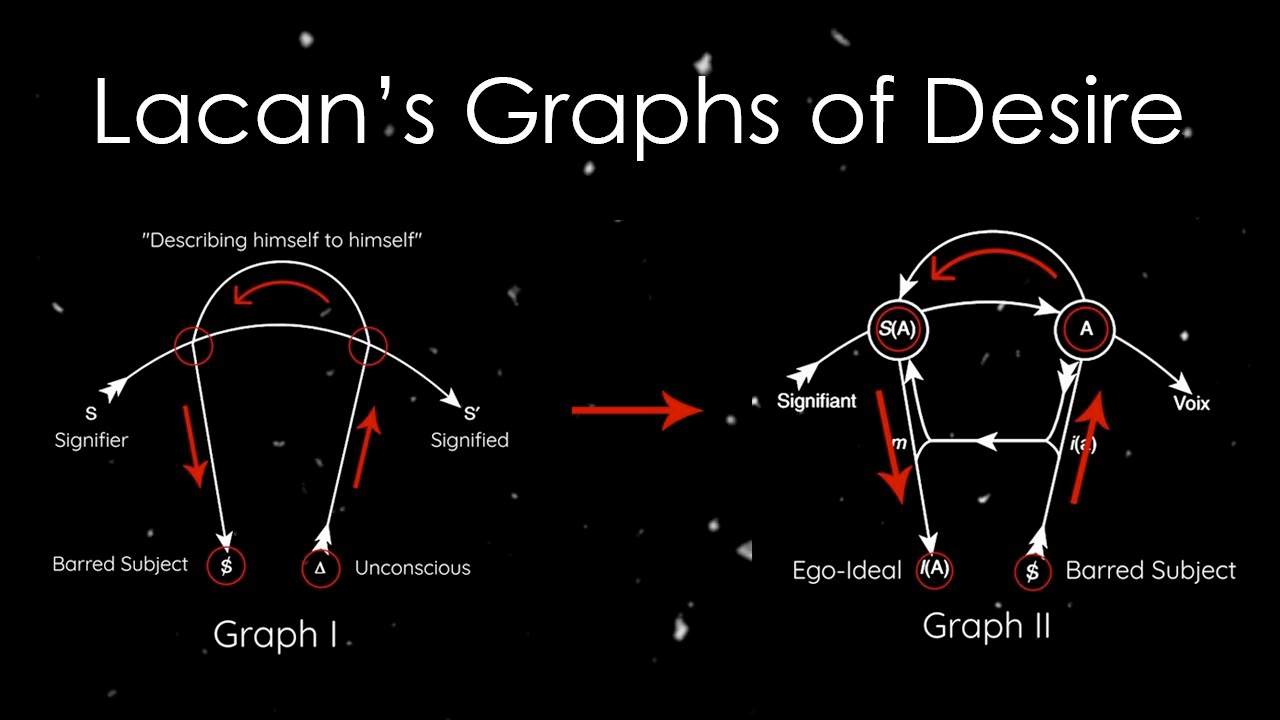
Feel free to name the stars after the most irreverent of whims, especially if you aim to explain the graph (partake in the drone):
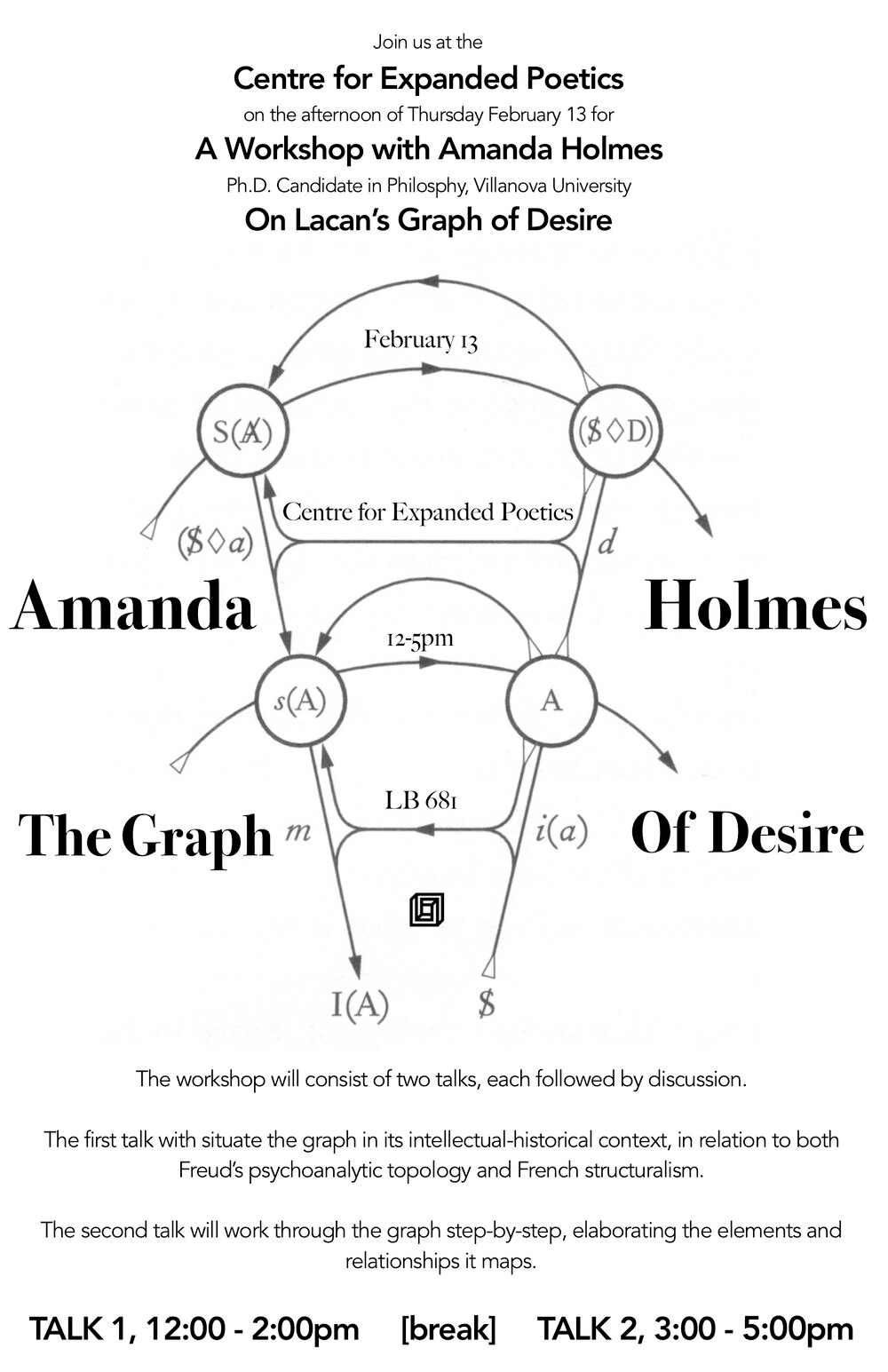
Like angels, diagrams belong not to the realm of explanation, but of revelation.
IV.
Or is this already new testament; sugar-coated, post-Graphaelite? What does a more ancestral desire look like? Like this, perhaps?:
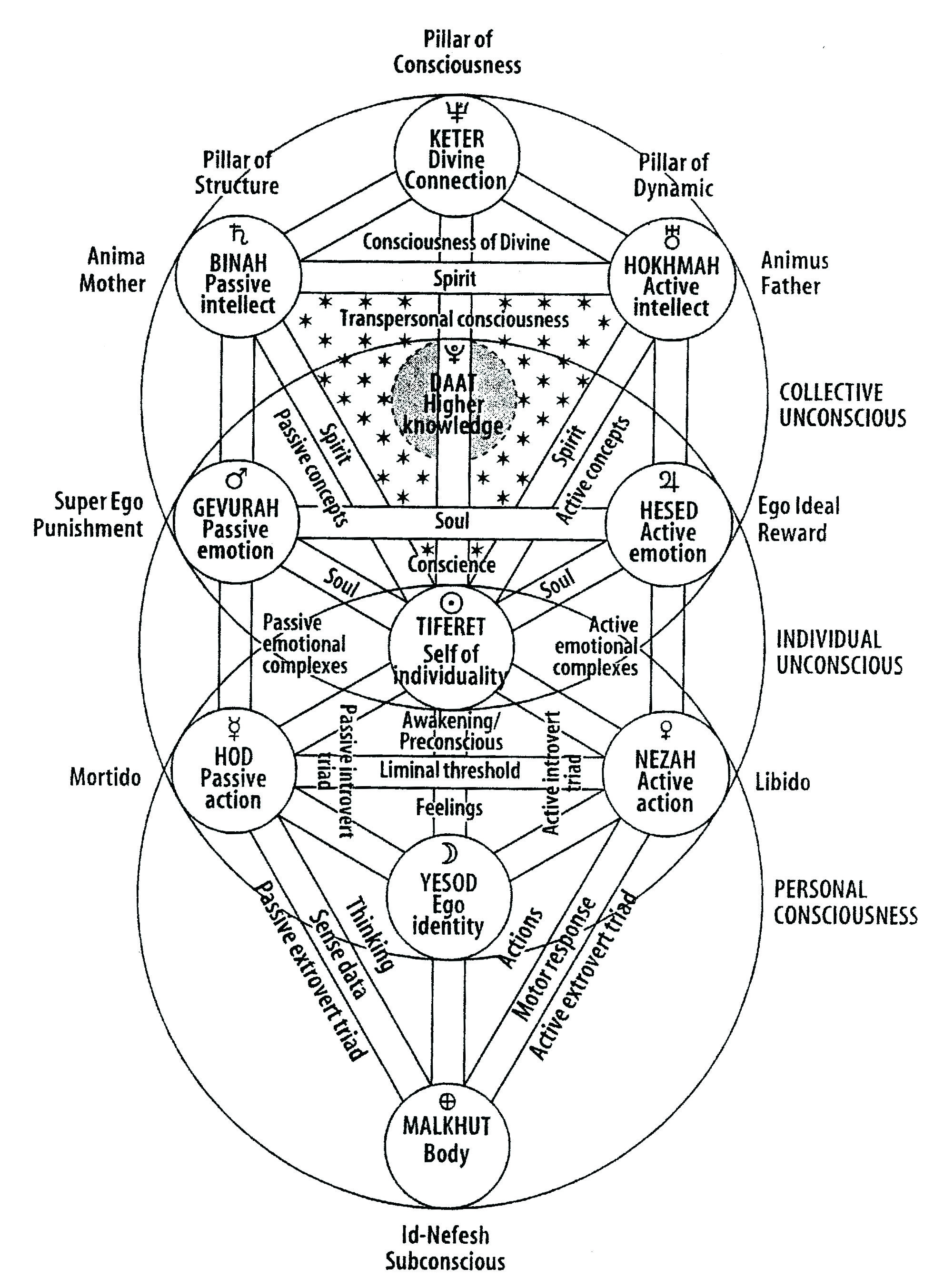
Or maybe like this?:
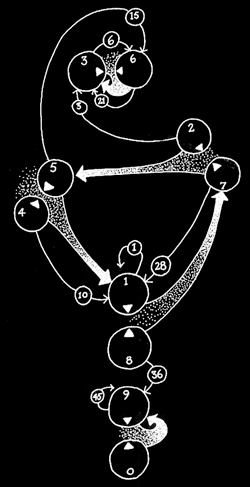
Maybe the desire expands (and thus: exists), like any desire worth its time, only between all figurations?:
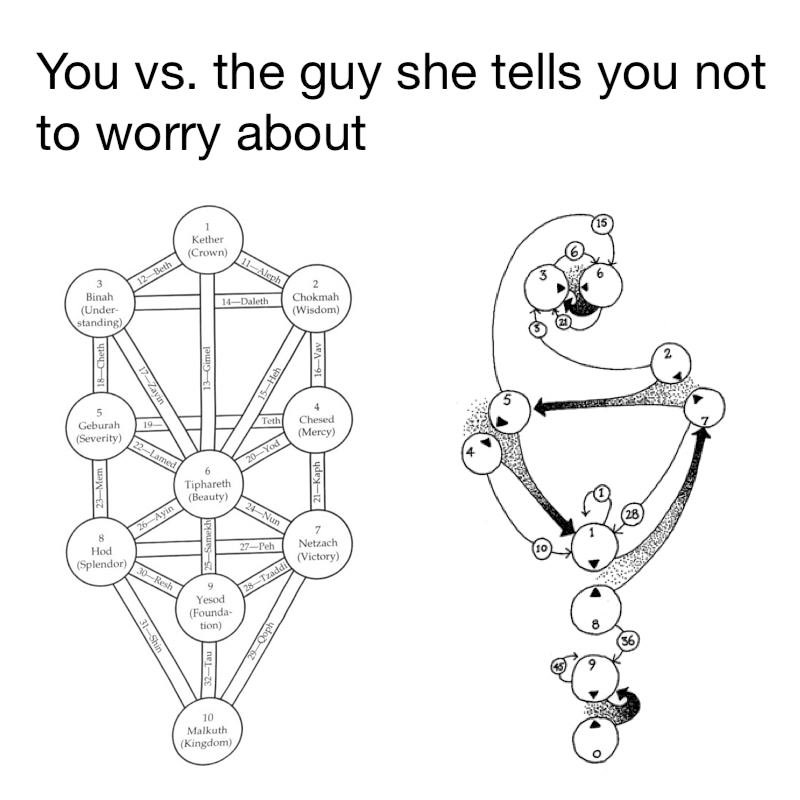
V.
Or what if the French would vote not for one candidate per voter, but instead wrote down all the candidates they'd vote for (but, of course, none of them twice)?
